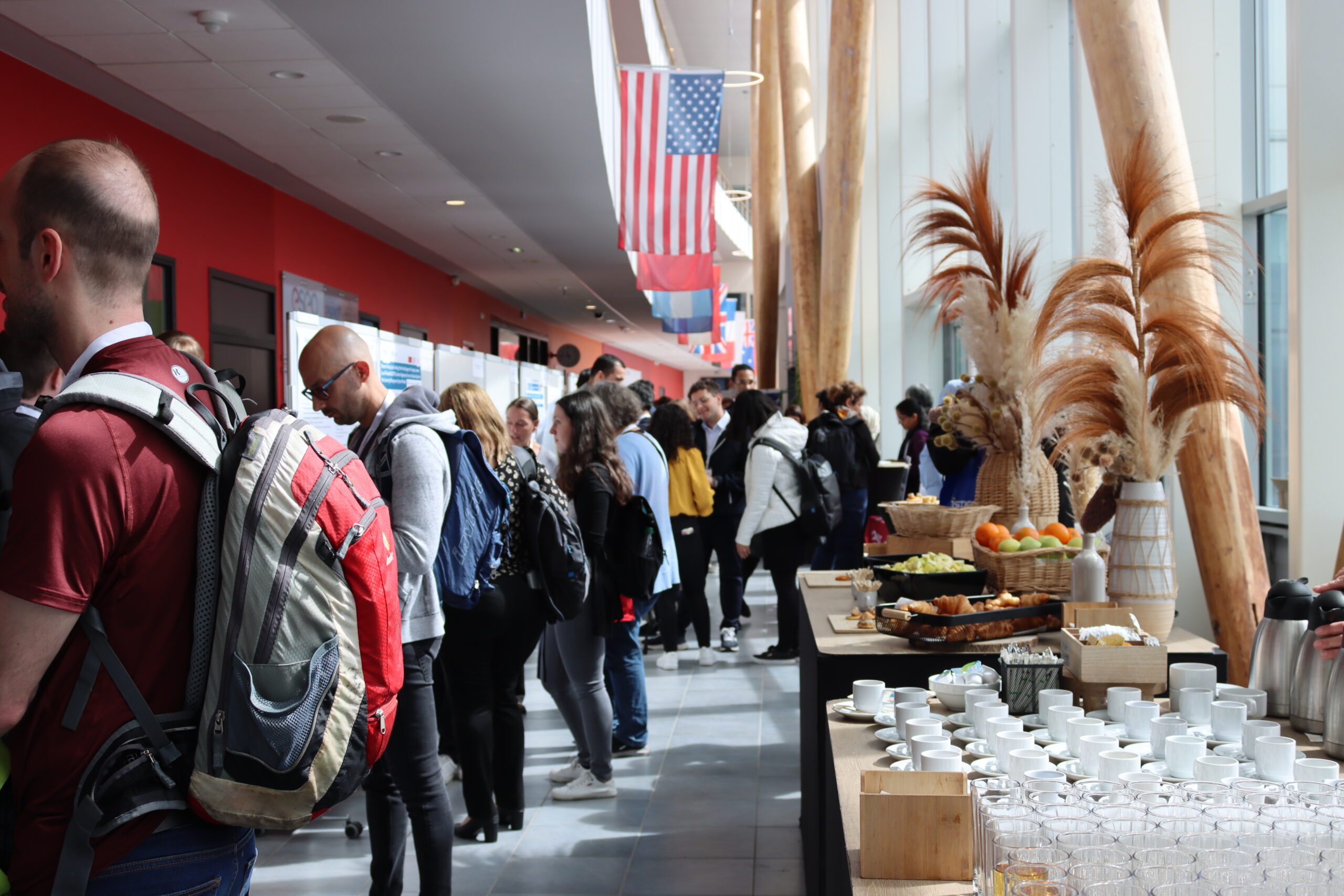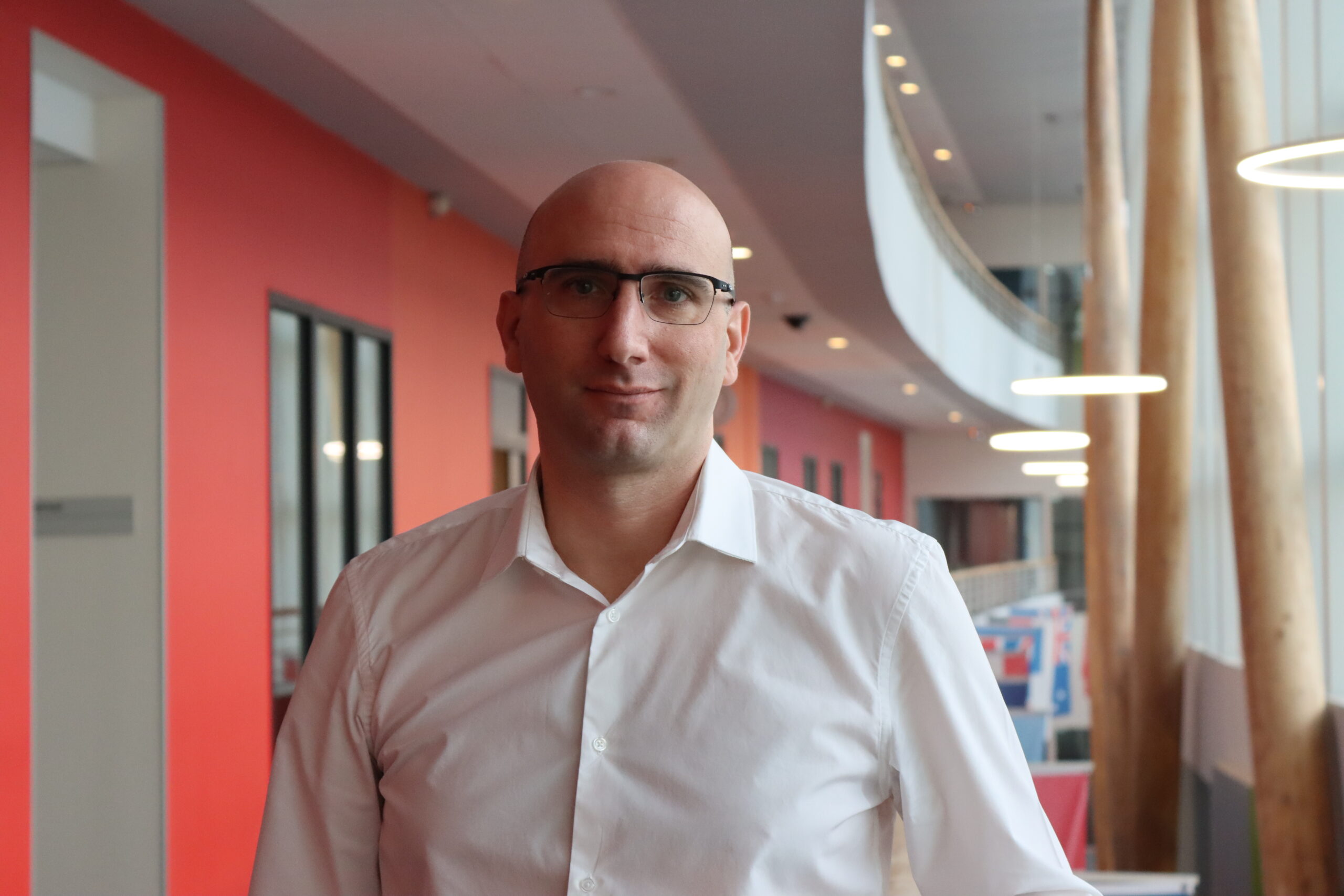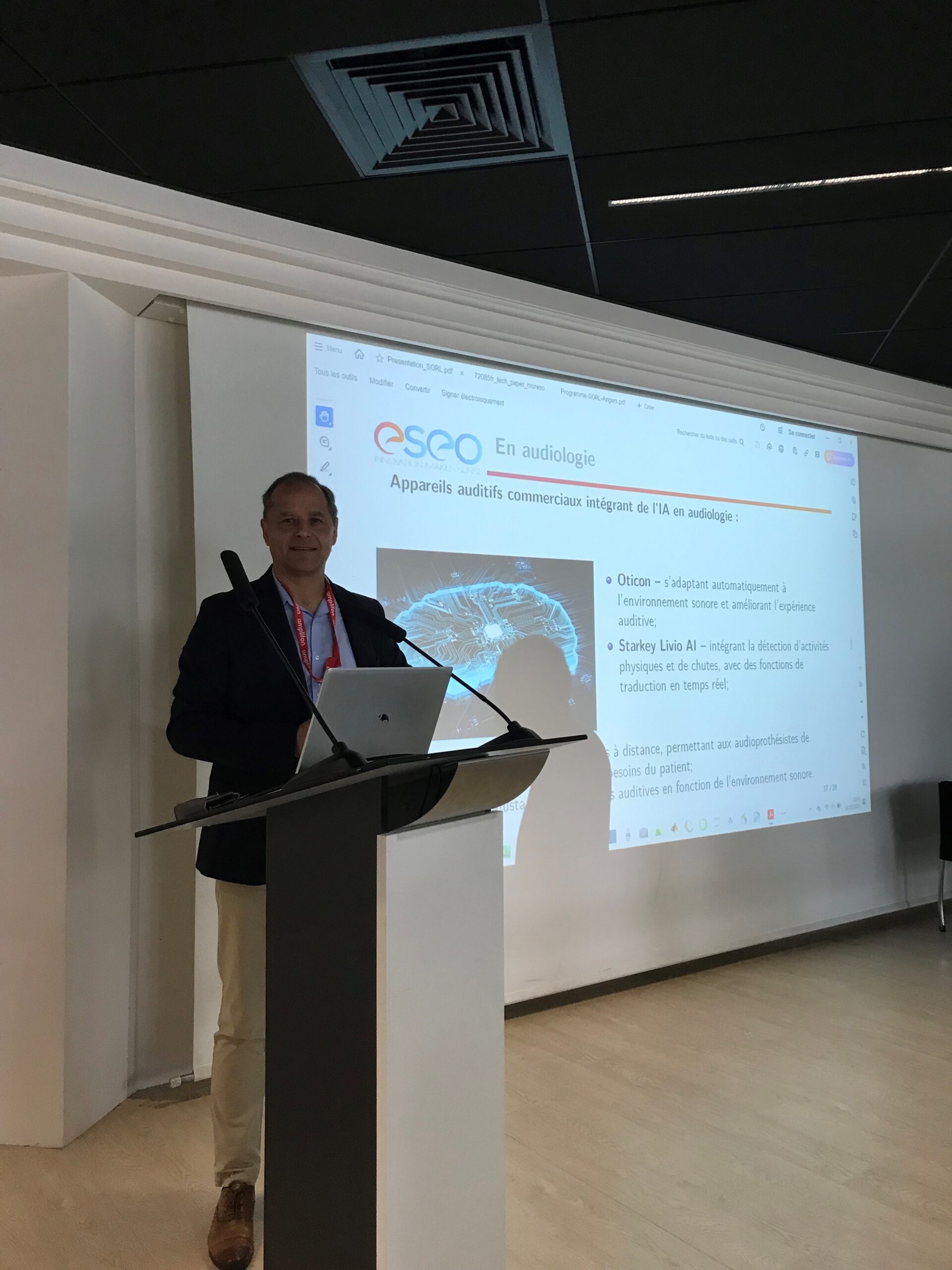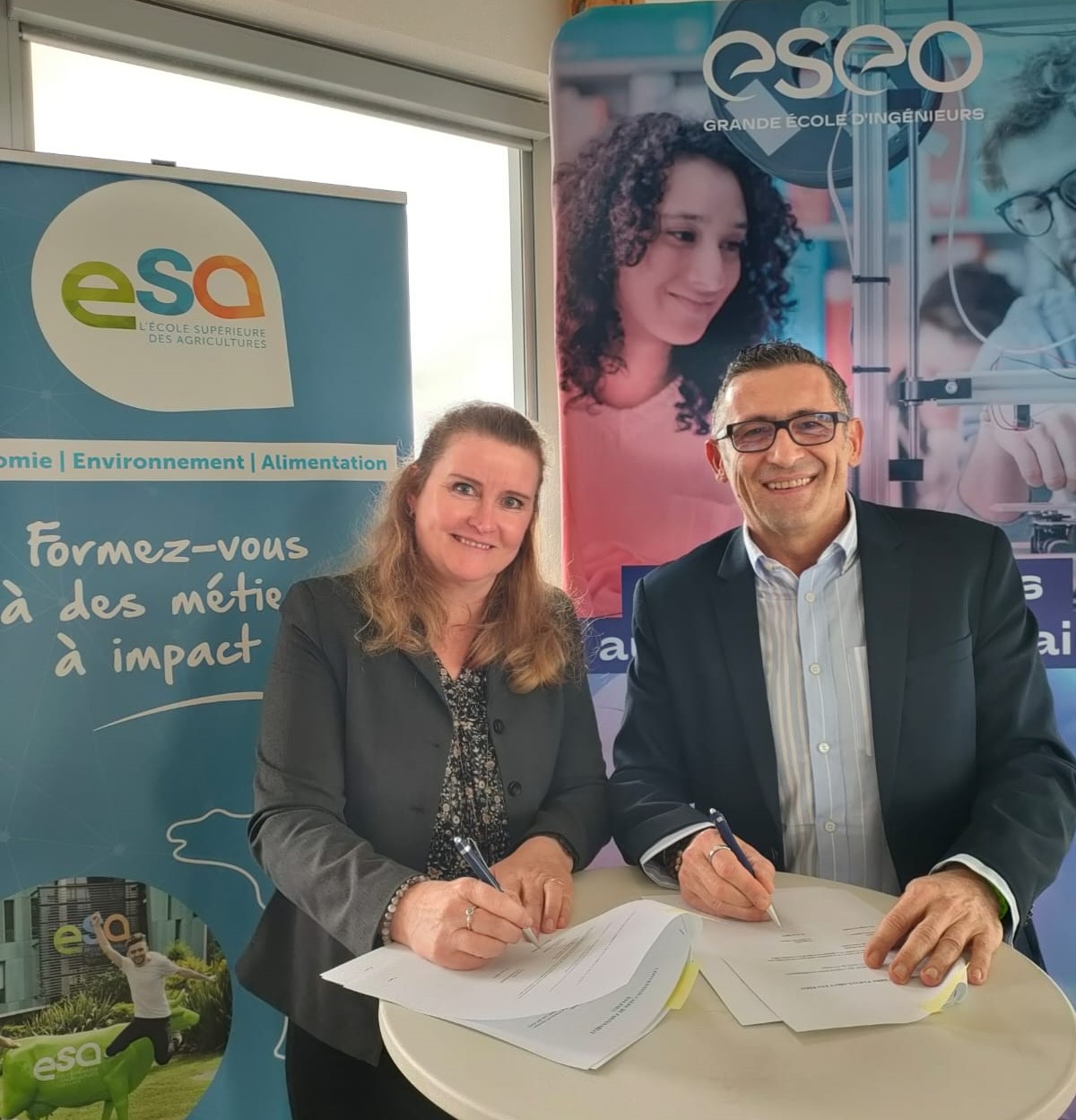Since the start of the 2020 academic year, three doctoral students, Valentin BESNARD, Romain CORMERAIS and Jade VANBUIS, have defended their theses at ESEO. Each of these presentations was carried out in compliance with sanitary measures: the jury and spectators were remote while the doctoral student was present on the ESEO Angers campus.
Valentin BESNARD’s defense
Valentin BESNARD, a doctoral student in the Computer Science and Systems Research Team (ERIS) at ESEO, has completed his thesis entitled :
EMI: an approach to unify embedded analysis and execution using a controllable model interpreter
He explains that “the increasing complexity of embedded systems exposes them to more software bugs, design errors and security flaws.
To execute and analyse models of these systems, transformations are generally required to obtain (i) executable code that can be deployed on an embedded target and (ii) analysis models that enable formal verification techniques (e.g. model-checking) to be applied.
However, these typically unproven transformations create semantic gaps and require an equivalence relationship to be established between the executable code and the analysis models to ensure that what is executed is what has been verified.
To unify analysis activities and embedded model execution, the EMI approach is based on a controllable model interpreter that enables a single pair (model and semantics) to be used for all software development activities.
To evaluate this approach, a UML model interpreter has been designed and applied to different embedded system case studies in order to implement various analysis activities (e.g. simulation, animation, debugging, model-checking, monitoring).”
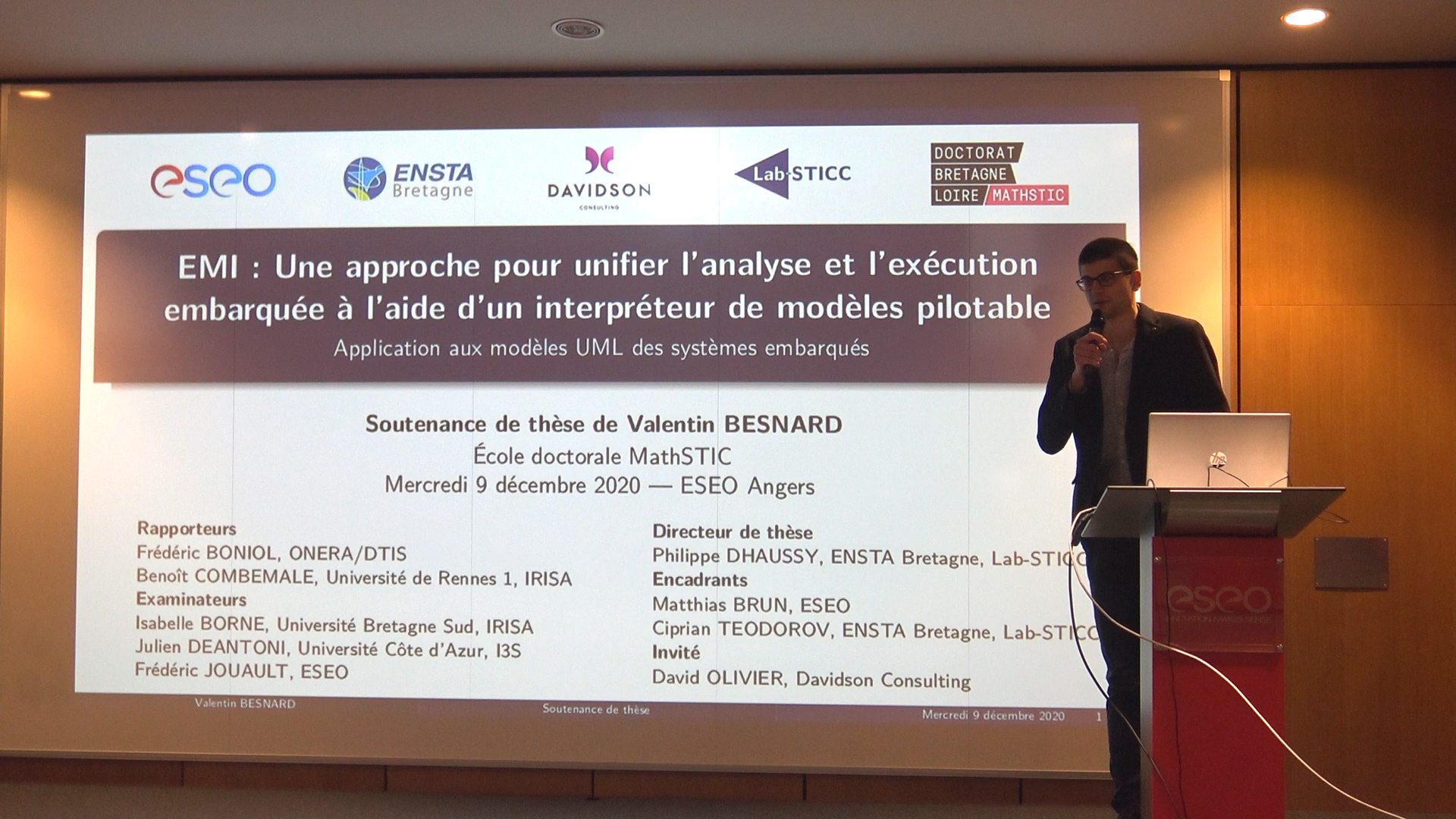
Romain CORMERAIS’ defence
Romain CORMERAIS, a doctoral student in the Signal Image and Instrumentation Group (GSII) at ESEO, has completed his thesis entitled :
Sensor Hybridization for Non-Destructive Testing of Aeronautical Materials
In turn, he explains that “in the aeronautics sector, aircraft parts are inspected during manufacture, assembly and then during service. Defects can vary in nature, size and orientation, and the materials used are often complex.
Among the many non-destructive testing (NDT) techniques, ultrasonic testing (US) is one of the most widespread. However, it has a blind zone for establishing the acoustic field close to the sensor when used without a shoe.
Eddy current (FC) is also widely used in industry, but electromagnetic induction only allows inspection of a film-like area of the material due to the electromagnetic skin effect.
The work presented in this manuscript uses these two NDT methods together, with their complementary advantages and disadvantages, to achieve more complete and reliable inspections. This data fusion is achieved using a data processing approach based on Machine Learning techniques.
Artificial Neural Networks (ANNs) are used to characterise defects based on US and CF measurements. Learning databases are created using US and CF simulations. These databases are used to train the ANNs.
The ANNs are then able to estimate the defect parameters, demonstrating the benefits of this data fusion approach”
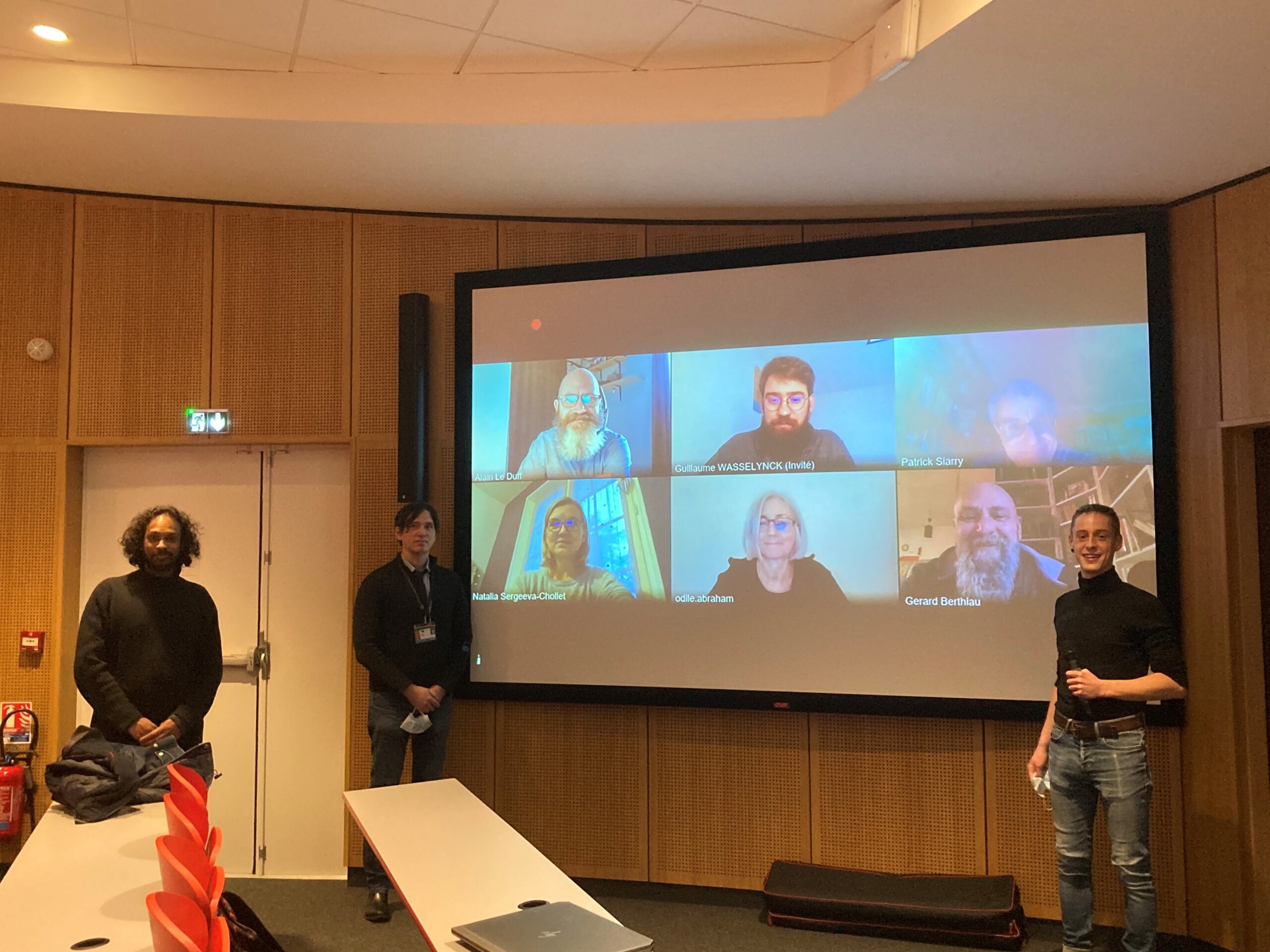
Defense of thesis Jade VANBUIS
Jade VANBUIS, a GSII doctoral student also at ESEO, completed her thesis entitled :
Automatic analysis of sleep stages using electrophysiological and cardiorespiratory pathways
Finally, it states that “the diagnosis of sleep disorders is based on the analysis of various signals recorded during a sleep test. This analysis is carried out by a sleep specialist who studies ventilation and, depending on the diagnostic tool, the succession of sleep stages. This latter task is particularly time-consuming and complex. Three diagnostic algorithms dedicated to this task are presented.
The first classifies wakefulness/sleep when using a new diagnostic tool. This enables doctors to diagnose sleep apnoea syndrome accurately and at a lower cost.
The second, based on electrophysiological pathways, makes it possible to obtain a classification of all sleep stages from the most complete diagnostic tool. It has been implemented taking into account the limitations of using such an algorithm in clinical routine. The architecture of this algorithm reproduces the classification process carried out manually by doctors. A self-adaptive thresholding function has also been implemented to provide patient-dependent classification. The results obtained are comparable with those obtained by doctors.
The third algorithm, based on cardio-respiratory pathways, enables sleep stages to be classified on the basis of a diagnostic tool that is widely used but for which it is not normally possible to study sleep stages. The task is complex, but the results obtained are satisfactory compared with the literature.
The three algorithms, intended for different diagnostic tools, will help specialists to analyse sleep.”

ESEO congratulates these new PhDs and wishes them every success in their future projects.
